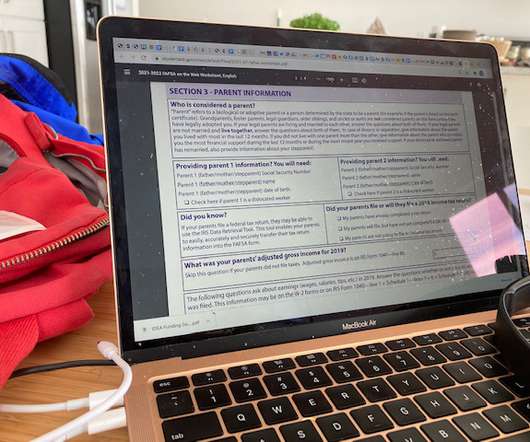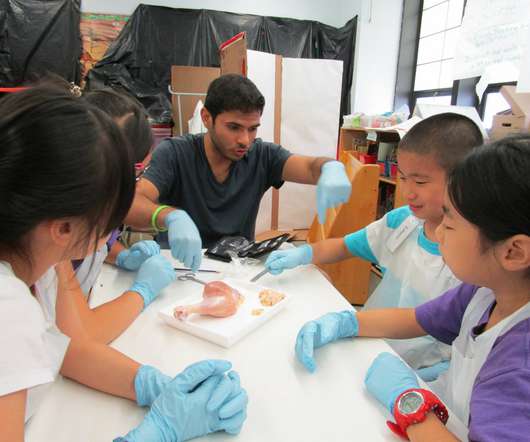The Challenges of Broadband Access in Rural Schools
edWeb.net
DECEMBER 2, 2019
Rural school districts face many unique trials, and access to educational technology is no different. But in order to take advantage of edtech, they first need broadband access. Thus, the price tag for getting connectivity can be expensive; in fact, the schools and some businesses may be the only place with reliable access.



























Let's personalize your content